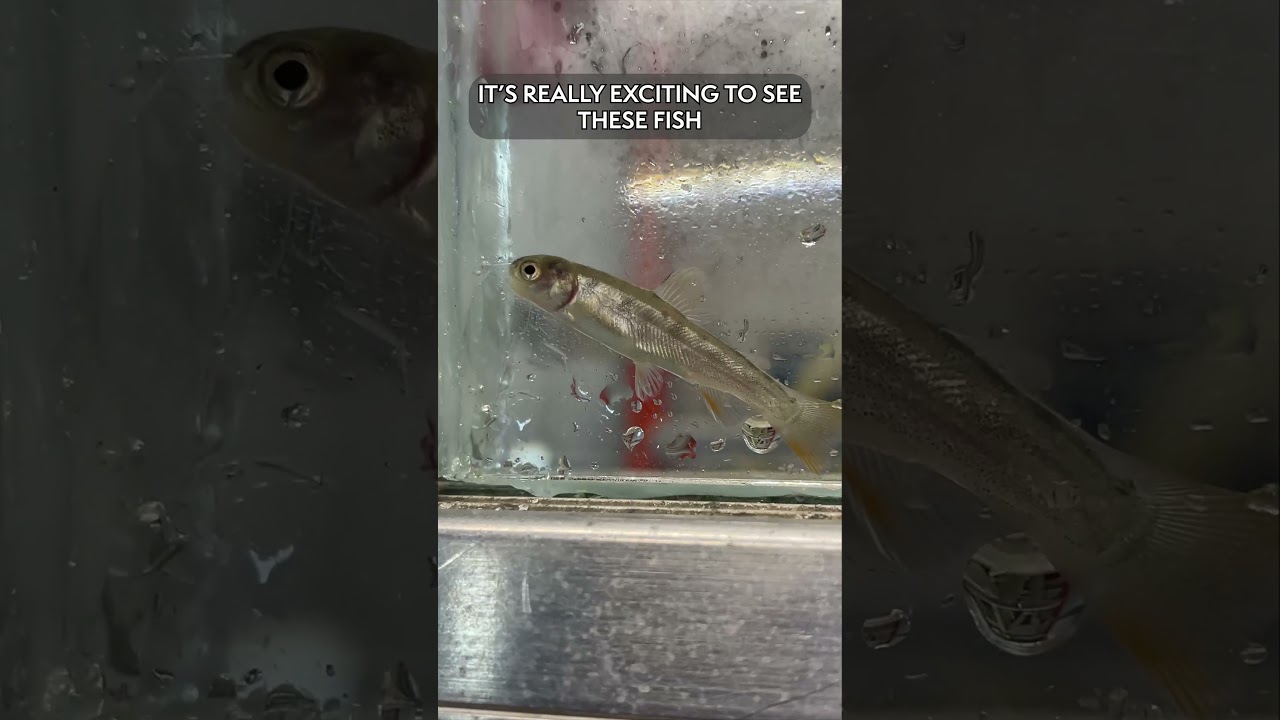– The ecological significance of brook trout (Brookies) in freshwater ecosystems
– Best practices in breeding and rearing Brookies for release
– Strategies for successful release and reintroduction of Brookies into their natural habitats
– The role of conservation efforts in sustaining Brookie populations
– Monitoring and evaluating the impact of released Brookies on local ecosystems
Brook trout, commonly referred to as Brookies, are a cornerstone species in freshwater ecosystems, especially in the streams and rivers of North America. Their presence indicates healthy waterways, yet their populations have declined due to various environmental pressures. This article delves into the ecological importance of Brookies, outlines the steps involved in preparing them for release, and highlights conservation strategies vital for their sustained future.
Brook trout are pivotal in their ecosystems, acting as predator and prey. They contribute to controlling insect populations and serve as a food source for larger predators. Their sensitivity to changes in water quality also makes them effective biological indicators of ecosystem health. Therefore, the decline in Brookie populations signals a need for immediate conservation action.
Breeding Brookies for release into the wild involves a series of carefully managed steps. Initially, it requires selecting genetically diverse parent stock to ensure healthy offspring. The rearing process in hatcheries emphasizes creating conditions that closely mimic the natural environment, including water temperature, flow, and quality. Feeding practices also closely replicate natural diets to prepare young Brookies for survival in the wild. These aspects are critical to developing the skills Brookies need to thrive post-release.
The release of Brookies into their natural habitats is not as straightforward as it might seem. It necessitates strategic planning to identify suitable release sites, which should feature optimal water conditions, adequate food sources, and minimal competition or predation threats. Timing also plays a critical role in the release process. For instance, releasing Brookies during specific seasons can increase their survival rates by aligning with natural cycles of prey abundance and water temperature.
Conservation efforts for brook trout extend beyond the immediate act of breeding and release. They encompass habitat restoration projects to improve water quality, remove barriers to migration, and rehabilitate riparian zones. Community engagement and education are equally important in conservation. Local communities become active conservation participants by fostering a broader understanding of Brookies’ roles in freshwater ecosystems and encouraging responsible recreational fishing practices.
Monitoring and evaluating the success of Brookie releases are essential for adjusting conservation strategies and achieving long-term sustainability. This involves tracking survival rates, growth, reproductive success, and assessing changes in local biodiversity and ecosystem health. Data collected from these evaluations feed into conservation plans, refining breeding, rearing, and release protocols to enhance future outcomes.
The release of Brookies back into their natural habitats is a testament to the dedication of conservationists and biologists working to preserve these vital freshwater species. Through scientific research, strategic conservation actions, and community involvement, there is hope for restoring Brookies’ populations and the freshwater ecosystems they inhabit. Engaging in these efforts now will ensure that Brookies continue to thrive for generations to come, highlighting the interconnectedness of all life within our planet’s delicate waterways.
*****
Source Description
Tomorrow, months of dedicated work on the part of our reintroduction biologists comes to an end as dozens of baby Southern Appalachian Brook Trout make their way more than 200 miles from the Tennessee Aquarium Conservation Institute to a native stream in the Southern Appalachian Mountains!
#science #hardwork #conservationscience #freshwater #fish #brooktrout


